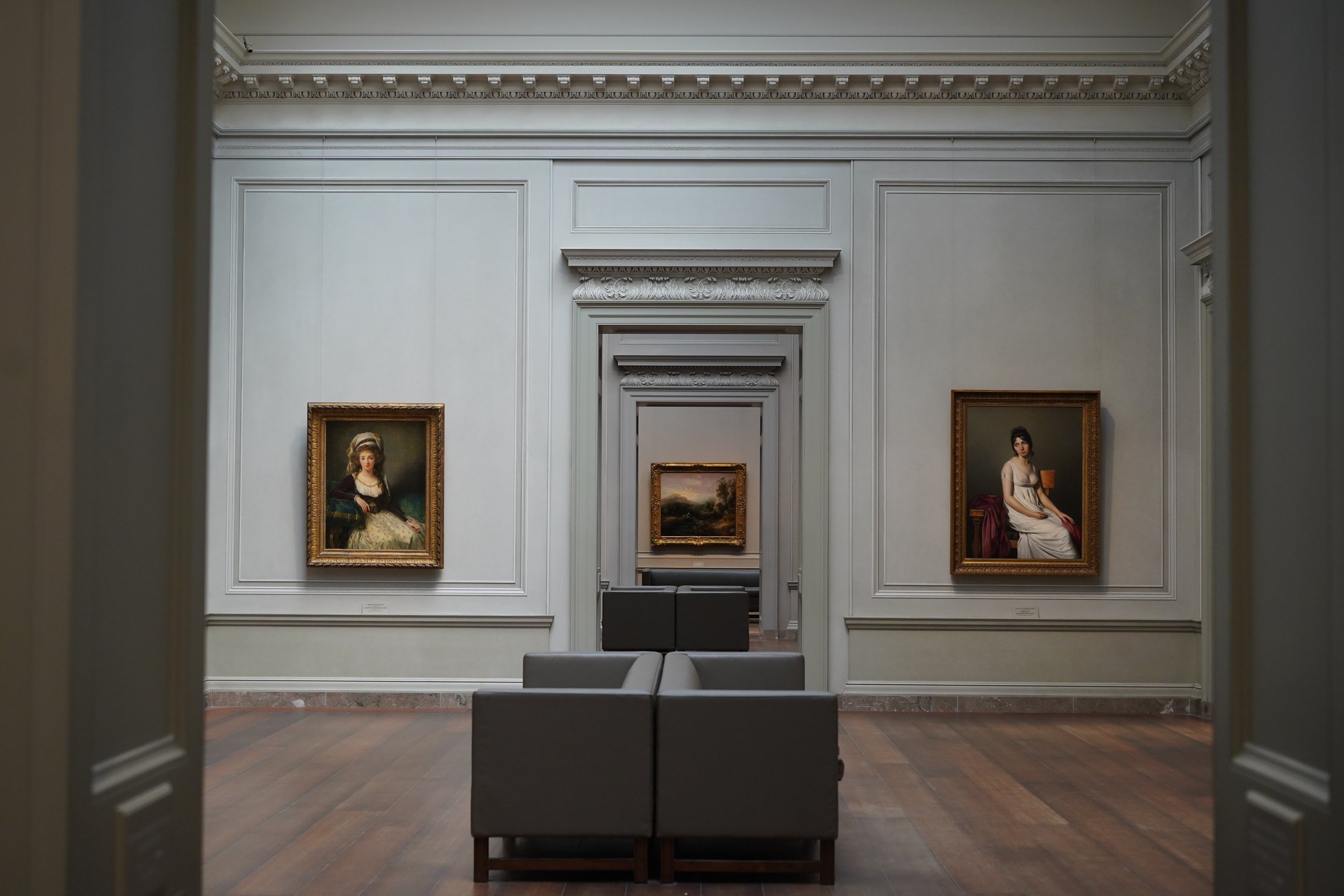Villains and Vices: The Role of Evil in Art
Article IV in the Christian Aesthetics series
What if an artwork has some good elements, but also some decidedly un-Christian parts—evil characters or graphic scenes, for example? How should Christians approach such pieces?
Although this series has already covered questions of what factors do make art Christian—even accidentally so—it has still not addressed the issue of parts of artworks that do not positively exemplify Christian truth in any way. Because of this, in this final installment of the Christian Aesthetics series, we will examine the role of this kind of “dogmatically unacceptable” element: the despicable villains, the horrible actions, the unsettling images—many of the things that often cause thoughtful readers to doubt whether the art they are consuming is truly worthwhile.
In her short story Good Country People, Flannery O’Connor narrates a series of events through which the crippled yet prideful Hulga is duped by Manley Pointer, a traveling crook masquerading as a Bible salesman, leaving Hulga ultimately stranded in a hayloft without her wooden leg. Although Pointer is genuinely despicable as a person (he is both deceitful and cruel, seeming calculated to represent an identifiably immoral character), his actions nevertheless have an unintended—and remarkably religious—effect: Hulga, deprived of her wooden leg (almost certainly a symbol for her pride and selfishness), experiences genuine humility for the first time, with the event serving as an almost-salvational experience. This illustrates a key point in the discussion of vice depicted in art: the portrayal of vice or “un-Christian” elements alone does not prevent art from displaying Christian truth. Instead, as with Good Country People, the distinction comes down to the specific nature of the portrayal itself.
How, then, should good art portray vice? The first factor here is negative: for art to be worthwhile and embody Christian truth, it should not glorify vice ultimately—even if evil characters, elements, or themes seem to win out temporarily within the artwork. This is a kind of caveat to the conclusion drawn from Good Country People above—good art may depict some bad elements and still be good, but the artist (and therefore the direction of the art itself) must also account for the fact that the bad elements remain just that: bad. Unnecessarily immoral elements (i.e. not even fully vice-glorifying ones) also fall into this category, and are perhaps even more common: as any reader of certain popular YA fiction titles will recognize, gratuitous sex and violence are an obvious example of this.
On the other hand, the second factor is positive: more than simply avoiding the glorification of vice, good art also should achieve something substantial with its portrayal of evil—that is, it must point to some kind of truth. This may seem like an abstract concept, but it is really only the concept of an effective villain (to give one example): in literature, without a properly evil or threatening antagonist, the protagonist’s heroic actions become rather meaningless, both for the reader and within the story. Similarly, to return to O’Connor’s example of Hulga and Manley Pointer, Hulga might never have been shocked out of her selfish state of mind and experienced true humility, were it not for Pointer’s immoral actions. Does this justify Pointer (or any villain)? No—but from a literary and theological standpoint, the evil character still has a role to play. Romans 8:28 says “and we know that for those who love God all things work together for good, for those who are called according to his purpose”—and should makers of art, drawing on their experiences in a created but fallen world that contains both good and bad elements, not also seek to “work all things together for good” within the art they create?
Christian art—well-made or not, accidental or not, depicting vice or not—can be a difficult subject to pinpoint and define, even after far more debate and discussion than this series of articles could contain. However, in its simplest terms, Christian art ultimately is the imitation of God: imitation (or, to use J.R.R. Tolkien’s term, “sub-creation”) of the vast artwork of creation, sin, salvation, and redemption; a narrative spanning all of history, with moments both beautiful and tragic, with events varying from devastating to joyful (and occasionally even humorous), with both good and evil within it—and with a supremely triumphant and eucatastrophic ultimate victory of Good. Our human art, in short—our stories and paintings and sculptures and architecture and music—should be modeled to the best of our ability on the one transcendent Artwork that is God’s truth as revealed in creation. Could we ask for a better teacher?
This article is the final piece in a series. For more articles in this series, see below.



